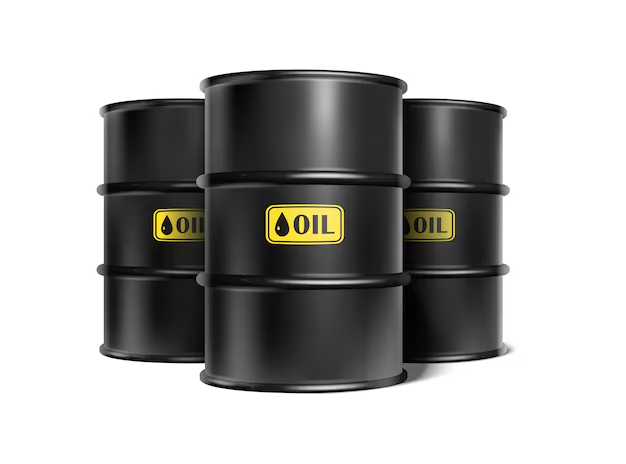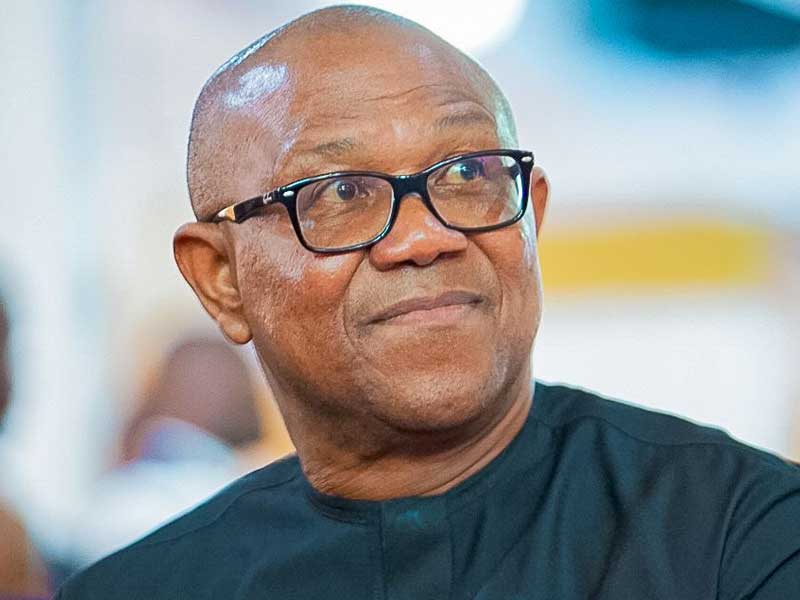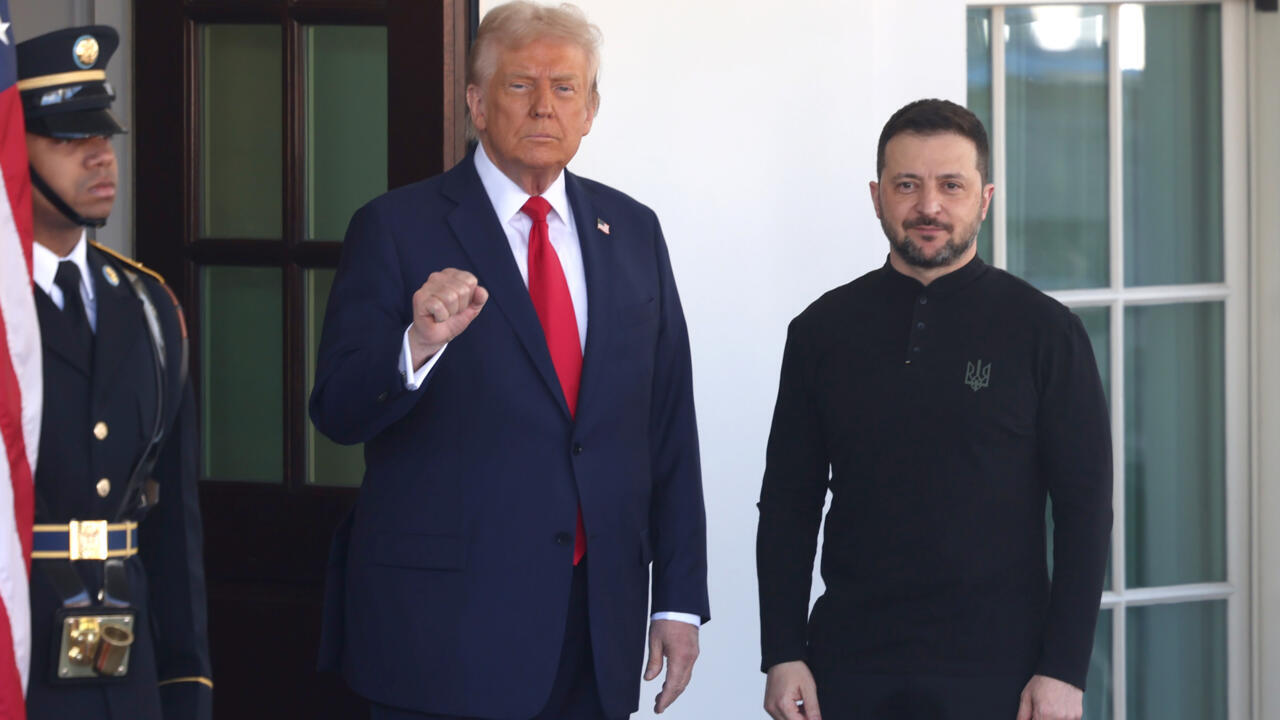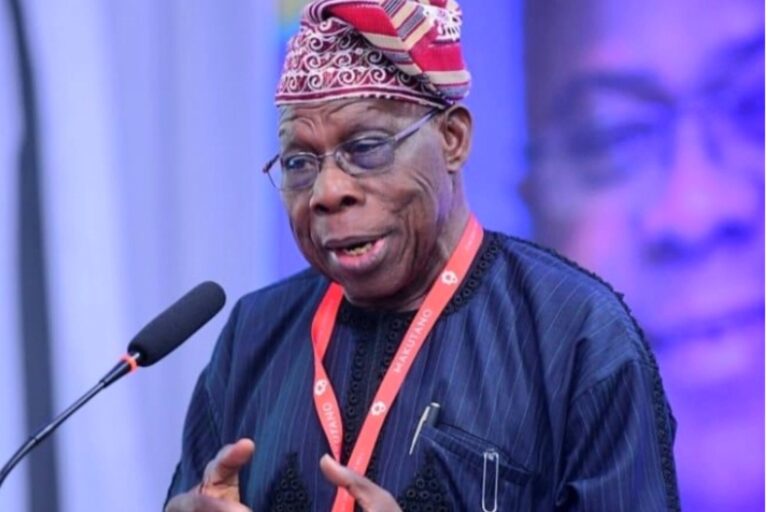Oil prices have declined for the third consecutive day, dropping nearly 3% to their lowest level in three years, a development poised to ripple through global and local energy markets. On Wednesday, March 5, 2025, Brent crude, the international benchmark, fell to $68.33 per barrel—the lowest since December 2021—according to the Financial Times. Similarly, West Texas Intermediate (WTI), the US crude benchmark, slumped over 4% to $65.22. This sharp decline signals a potential further reduction in local energy prices, with significant implications for oil-dependent economies like Nigeria.
The downturn was triggered by a combination of factors, notably a report from the US Energy Information Administration (EIA) revealing a larger-than-expected increase in American crude oil inventories. Stocks rose by 3.6 million barrels last week, surpassing analyst predictions and reflecting the impact of President Donald Trump’s “drill baby” policy, which has boosted US production. This inventory surge comes amid fears of an economic slowdown, exacerbated by Trump’s confirmation of 25% import tariffs on Canada, Mexico, and China. These tariffs, set to take effect in 2025, have raised concerns about retaliatory measures and weakened global demand, further pressuring oil prices.
Adding to the bearish outlook, OPEC+, led by Saudi Arabia, announced on Monday a reversal of its long-standing production cuts. Starting in April, eight member countries, including Saudi Arabia and Russia, will increase output by 120,000 barrels per day, with plans to ramp up by a total of 2.2 million barrels daily over the next 18 months. This surprise move, reported by DAILY POST, has flooded markets with additional supply at a time of faltering demand, intensifying the price slide. Callum Macpherson, head of commodities at Investec, warned, “The key worry for markets is Trump’s tariffs, the retaliation, and what happens next,” suggesting prices could face a “deeper correction.”
For Nigeria, a nation heavily reliant on crude oil exports, this plunge is a double-edged sword. The 2025 fiscal budget projects revenue of N19.6 trillion, benchmarked at a crude price of $75 per barrel. With Brent now below $70, revenue shortfalls could strain government finances, threatening infrastructure and social programs. Conversely, the drop offers relief at the pump, with local Premium Motor Spirit (PMS) prices—currently between N860 and N990 per litre—expected to decline further, easing the burden on consumers still grappling with subsidy removal effects.
As oil prices hover at this three-year low, Nigeria faces a delicate balancing act: mitigating fiscal losses while capitalizing on cheaper domestic fuel. The coming months will test the resilience of its economic strategy amid these turbulent global shifts.
(Word count: 500)











Leave a comment